
The home theatre systems have revolutionized the traditional entertainment system as well as have improvised the style of watching movie or enjoying music. Now, the ancient theatre, drive-in cinema and even multiplexes are performing in a new style and with a new approach to sound effect management. Presently, we mostly feel that without exotic digital sound, the visual effects hardly get complemented.
Hence whenever we speak about a home theater system, the next thing we imagine is an ultra advanced audio-visual system. Buying the best audio visual system is easy, but without knowing the details about the hi-end speakers and acoustic panels you may not be able to buy the best product altogether.
A home theater, is more efficient in tuning of sound rather than proofing the same. Therefore, it is important to know about sound conditioning rather than sound proofing in understanding the efficiency of home theater and acoustics panel.
We need to design the acoustics of the home theater in a way so that it can produce the best sound effects from your 5.1 system. The acoustics on the wall should be efficient enough to control the echoes and reverberations so that you get to enjoy the best quality of clear and live sound effect.
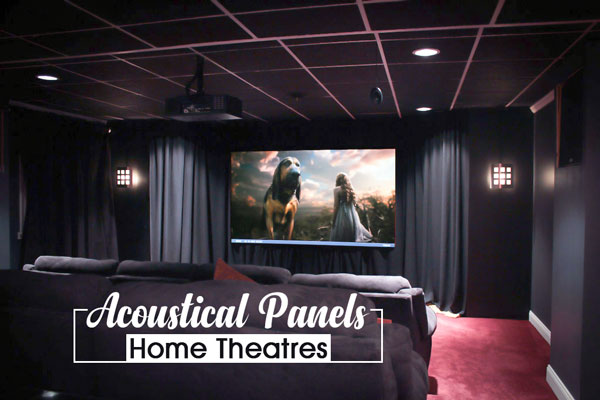
Types of Acoustical Panels
Acoustical panels are the soul of a home theater system. However, these panels are available in market in different variants. Here the most popular types of acoustical panels are discussed in outline details that will help us to create proper acoustics in a room.
01. Sound Absorbers
The sound absorbers deals in absorbing the sound waves that may cause reverberation. These panels eliminate reflections to improve intelligibility of the sound. These panels mostly trap the loitering sound waves that cause an echo in a room.
There are various types of materials, proficient in absorbing sound as mentioned below. The ratings or NRC (Noise Reduction Coefficient) of these materials largely depend on the thickness and shape of the sound absorbers or acoustical panels.
(a) Acoustical Foam Panels
Acoustic foam is also known as the sound absorbing foam or soundproof foam. It is a polyurethane foam with melamine foam core. They are available in a variety of colours, patterns, thicknesses along with NRC (Noise reduction coefficient) ratings.
These sound absorbers are available in the form of wall or ceiling panels, corner bass traps, ceiling tiles, ceiling clouds and hanging baffles.
One can easily glue these panels to other materials such as non-woven fabric, laminate, gypsum sheet or glass fibre. They are also available in profiled sheet foam.
They are the most popular solution for deadening and blocking noise as they have NRC value ranging from 0.8 to 1.

Foam Sheet
These products are mostly recommended for factories, recording and broadcast studios, auditoriums, churches, aeronautical and transport industry, classrooms and many other similar facilities.
(b) Paintable Acoustical Panels
The paintable acoustical panels are made of glass fibre with a paintable cover allowing us to match or complement with existing wall colours.
It is an acoustic wall panel with a soft textured appearance. The composite material of glass fiber allows absorbing of the sound waves. These boards are flexible enough to mount on any other objects like wall, ply board, etc.
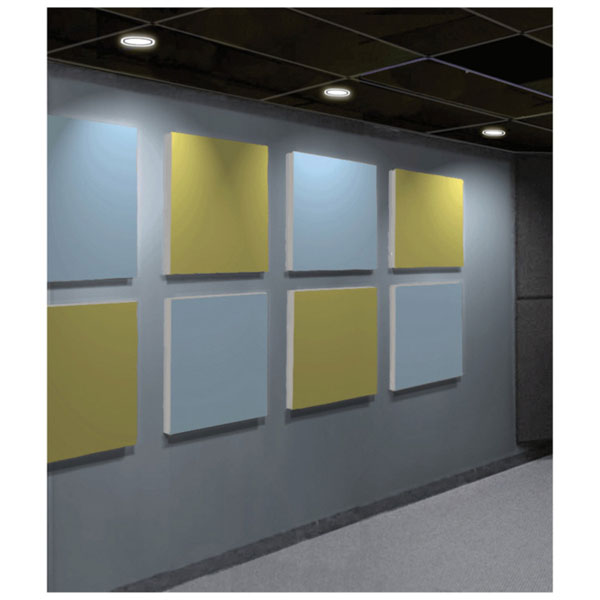
Paintable Acoustical Panels
They are available in tiles of varying size ranging from 1 ft to 2 ft.
These sound absorbers or acoustical panels allow face printing on the surface. Printing and painting on these panels are helpful for the designers to try new designs for enhanced decor.
(c) Fabric Wrapped Acoustical Panels
Acoustic panels can be of different materials wrapped in many different types of fabric. The boards can be of MDF, glass wool, fibreglass boards or particle board.
The best combination of fabric-wrapped sound-absorption panels is fabric with fibreglass acoustic board. These are high-density glass fibre boards covered with acoustically transparent fabric. All the surface faces and edges of the glass fibre core are wrapped in fabric, thus they display a frameless look.

Fabric with Glasswool
Fabric with glasswool varieity of accoustical panel reserve outstanding noise control for a wide range of applications. They are available in many sizes, colours and types to address design requirements within a reasonable budget. They have a variety of fixing system where the fabric is entirely removable or replaceable.

Fabric Wrapped Panels
Generally, these accoustical panels are available in the form of acoustic wall panels, ceiling tiles, hanging baffles, acoustical clouds and bass traps.
Such sound absorbers or acoustical boards are widely used for cinema halls, studios, in home theatres, offices, auditoriums, etc.
(d) Acoustical Fabric Wall Covering
Acoustical wall fabric offers excellent acoustical properties and this product is fire/smoke resistant. These are widely known as Fibreglass blankets and carpet roll, respectively.
They show resistance to unwanted intrusion of moisture, mildew, rot, bacteria, and these acoustical wall fabric materials are non-allergenic.
These acoustical wall fabrics are available in rolls of 48” and 54” width. One may apply them directly on a wall, ply or any other board. They are lightweight and available in many colours.
For better acoustical properties we can use glass wool behind it.

Acoustical Fabric
The only disadvantage we need to customise is the the installation. The fabric is not factory trimmed material. So it is necessary for the installer to cut a straight vertical edge.
Such sound absorber fabrics are the best compatible in home theatres, classrooms and other small acoustical treated rooms.
(e) Wood Wool Boards
Wood wool boards are composite boards made of pine wood fibre and cement. The wood fibres are coated in cement and bound together under pressure.
Such boards are stable, water-resistant, compact, and long-lasting boards.
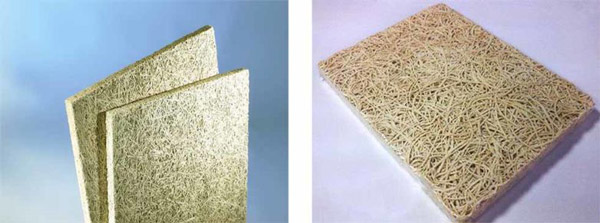
Wood Wool Board
They have a high rate of sound-absorption (from 0.1 to 1 NRC) and insulation capacity depending on the density of glass wool and the thickness of boards.
They are environmental-friendly and fireproof products.
They offer a good impact resistance because it retains the mechanical properties of wood.
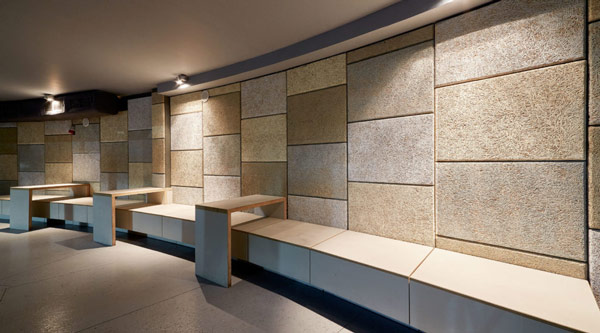
Wood Wool Paneling
It is easy to use in construction because one can easily cut the board arbitrarily.
They are available in a variety of colours.
02. Sound Diffusers
The sound diffusers work to reduce the sound intensity and it aid to scatter the sound uniformly back to space. Sound diffusers reduce echoes and reflections and preserve the liveliness of your room as they don’t absorb much sound energy. Unlike sound absorbers, they disperse it, spreading the energy around the room and thus enhancing the effect.
The sound diffusers are designed with various shapes and angles so that they can reflect the sound waves perfectly. They are usable mostly in studio recording rooms. In home theatres, we recommend to place them on the rear wall.
The following are the type of materials available for an acoustical diffuser.
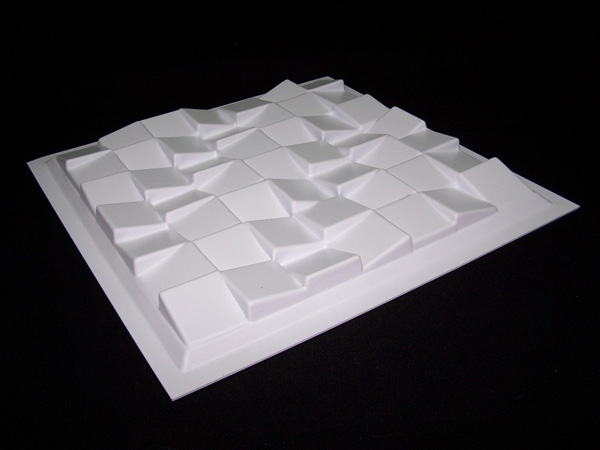
Thermoplastic Diffuser
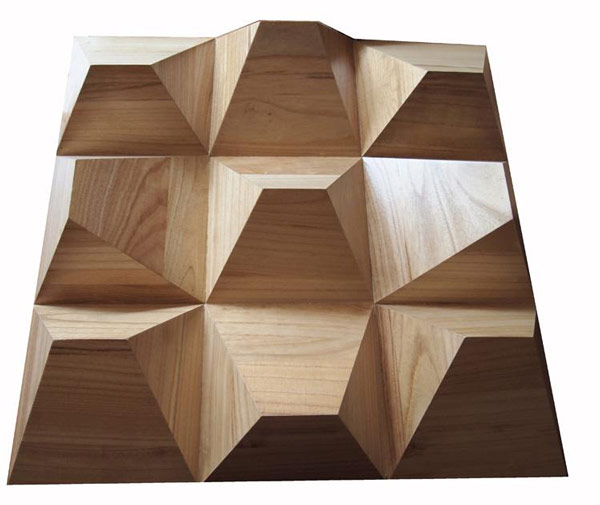
Foam Diffusers

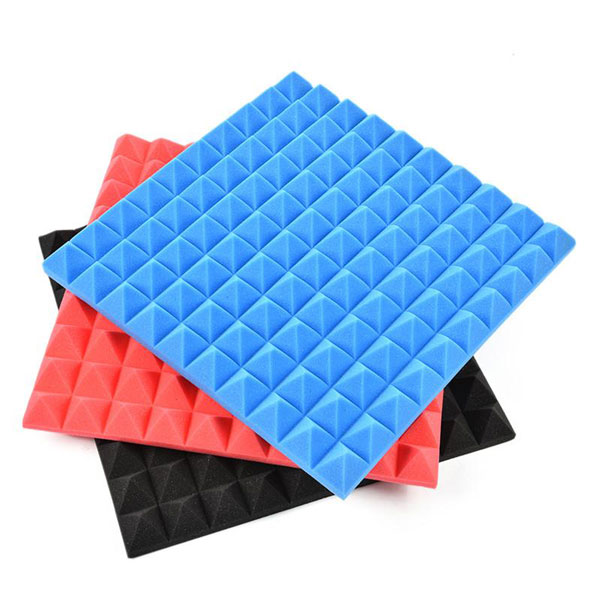

Acoustic professionals use these accessories for soundproofing a room. They are available in varieties of shapes, sizes, and with different diffusing intensity, etc.
In home theatre, neither handrail nor chair armrest work as diffuser. So, we can eliminate the use of a diffuser in home theatres.
03. Sound Reflectors
Usually, the sound reflectors aim to amplify the sound within a given space. The reflective panel reflects the sound waves back to space. The reflected sound seems as loud as the original sound.
We recommend using these sound reflectors only in large spaces where large numbers of the listeners are present.
The following are the types of reflectors:
(a) Reflectors without any Acoustic Treatment
Any hard surface can reflect sound. A concrete wall, metal or wooden furniture, painted wall, etc. are natural reflectors present in a room.
Such objects reflect sound causing an increase of overall noise levels.
In auditoriums, we use such wooden concave shaped reflectors to reflect the sound and increase the sound intensity.
(b) Acoustical Reflector Panels
Since the pure reflectors reflect the sound and increase the noise level, we need to use acoustically treated reflectors. Acoustical reflectors panels absorb low-frequency sound and reflect the sound in a way that it doesn’t increase the noise level.
Such panels are wood based with some unique acoustical properties. They are available in many sizes, veneers, finishes and patterns.
They enhance the style and ambience of any area with style, elegance and sophistication.
Wood acoustic panels are made of three layers: the substrate, the front and the back. The substrate is MDF laminated with melamine or natural wood, the front surface is mostly made with plywood. The back surface are commonly made with any absorbing board.
These panels come in following types with varying acoustical properties:Micro Perforated Wood:
Micro Perforated Wood products have a series of holes on the front and backside.
Wooden Grooved Board:
Wooden Grooved Board products are built with a series of grooves made on the front surface. On the other hand, round holes are created on the rear surface.
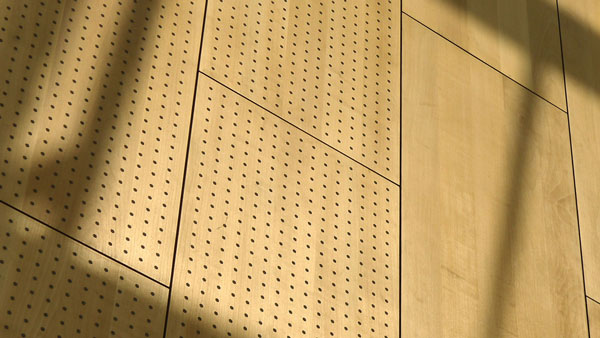
Micro Perforated Wood
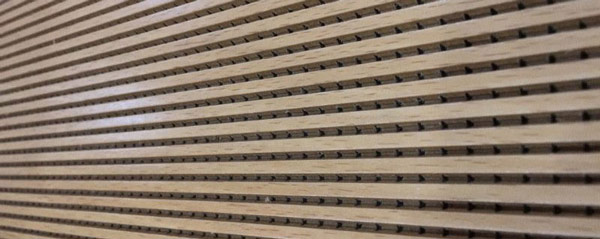
Wooden Groove Board
Both these boards are generally usable in classrooms and home theatre like spaces.Slotted Wood Panel:
The slotted wood panels are more of absorbers type than reflectors as they absorb more sound because of the slots crafted in the panel. They come in use in large acoustical spaces like theatres, auditoriums etc.
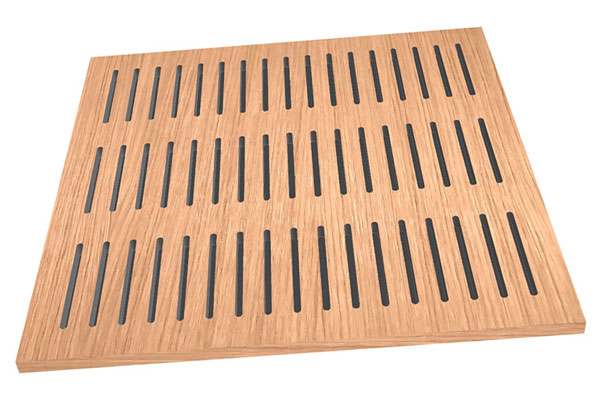
Micro Perforated Wood
The use of acoustical panels is very common these days. There is a huge variety of panels available in different brands. Each brand offers such materials with different shapes, sizes, finishes and pattern.
Ultimately, for home theatres, we recommend covering walls by 60-70% of absorbers panels and installation of reflector panels in the ceiling.
It is not only a smart looking product but also it works perfectly as a sound controlling panel. A designer usually selects the panels based on the NRC ratings. You make sure to select the best performing beautiful board for your home theatre!
Now it comes to the question of final choice. Of course there is no specific formula of buying and designing home theater and related acoustic panels. You need to understand your desired effect along with the budget. Comprehensive selection will offer you the best ROI.
Also Read:
Home Interior | Wall Panelling | Types of Wall Panelling
Different Types of Partition Wall that are being Commonly Used in Home!
Gypsum Board: All You Need to Know!
Image Courtesy: Image 2, Image 3, Image 4, Image 5, Image 7, Image 8, Image 9, Image 12, Image 14, Image 16 – woodfitacoustics
Author Bio
Urnit Kaur – Urnit Kaur is an Architect based in Ahmedabad. She loves Design challenges and it helps her client’s to bring their thoughts into reality. She has been passionately involved in Architecture from designing projects to managing them on site since 2014. She has been part of Ahmedabad Heritage Dossier project, designing ISRO Bopal campus and currently working on other varied scale projects with Aakruti Architects. With her rich experience in fieldwork, she shares tips and facts in her blogs about Architecture, Interior and MEP services. She believes learning should never stop, so she has developed a hobby of creating colorful home décor items by experimenting different materials and aesthetics.































